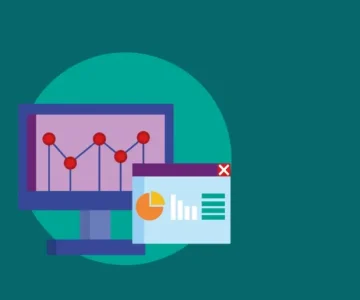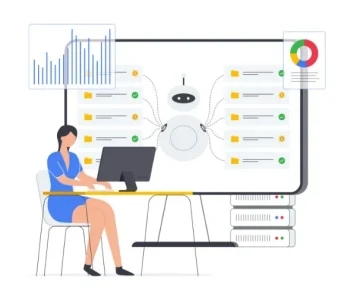In today’s digital-first world, companies are swimming in data — from customer profiles to sales analytics. But raw information alone doesn’t guarantee smarter decisions. Without proper refinement, much of it remains underutilised. This is where data enrichment steps in, transforming basic datasets into powerful business assets.
Understanding Data Enrichment
Data enrichment is the process of enhancing existing records with valuable details from external or third-party sources. The aim is to improve accuracy, completeness, and depth, making data more actionable. This can involve anything from cleansing outdated entries to layering in demographics, geographic markers, or behavioural insights through advanced analytical methods.
Why Data Enrichment Matters
- Boosting Data Accuracy
Enhancing datasets with missing or updated details ensures that business decisions are based on reliable information. For instance, Uber continually improves its Rider app by merging various data points, such as location tracking and device details. This refined dataset enables them to analyse customer behaviour, introduce features like proactive ride notifications, and streamline booking processes. - Elevating Marketing Performance
Knowing your audience in detail is essential for precise targeting. With enriched data, brands can build refined customer personas based on factors like location, age, purchasing power, and online habits. This makes it possible to tailor campaigns, choose optimal channels, and design messages that resonate. For example, a regional social platform partnered with ADA to enhance audience segmentation using demographics and purchase intent data. The result? An 85% surge in conversion rates. - Enhancing Customer Experience
Personalisation thrives on enriched data. Netflix is a prime example, combining viewing habits with device usage, login locations, and other external inputs to offer highly targeted recommendations. This data-driven approach not only increases engagement but also boosts retention and revenue. - Strengthening Risk Management
In sectors like finance, enriched data is key to detecting and preventing fraudulent activities. By integrating transactional records with geolocation, IP addresses, and behavioural patterns, organisations can identify suspicious activity faster. Companies such as SEON use enrichment to bolster anti-money laundering systems, enabling real-time fraud detection. On a broader scale, businesses like Walmart analyse hundreds of data sources, from economic indicators to weather patterns, to anticipate demand, adjust inventory, and protect operations from unexpected risks.
Best Practices for Effective Data Enrichment in Marketing
- Segmentation and Targeting: Group customers by shared traits—whether demographic, behavioural, or firmographic—for more precise campaigns.
- Data Cleansing First: Ensure existing data is accurate before adding new layers of information.
- Personalisation at Scale: Use enriched insights to deliver offers and content tailored to each customer segment.
- Lead Scoring: Rank potential leads by value, directing sales and marketing resources toward those most likely to convert.
- Seamless Integration: Feed enriched data into CRM and automation systems so every customer-facing team works with the same up-to-date intelligence.
The Bigger Picture
Data enrichment doesn’t just tidy up your database—it fuels sharper insights, more effective marketing, and proactive risk management. When done right, it opens the door to market opportunities, more accurate forecasting, and innovations that meet customer needs with precision.





